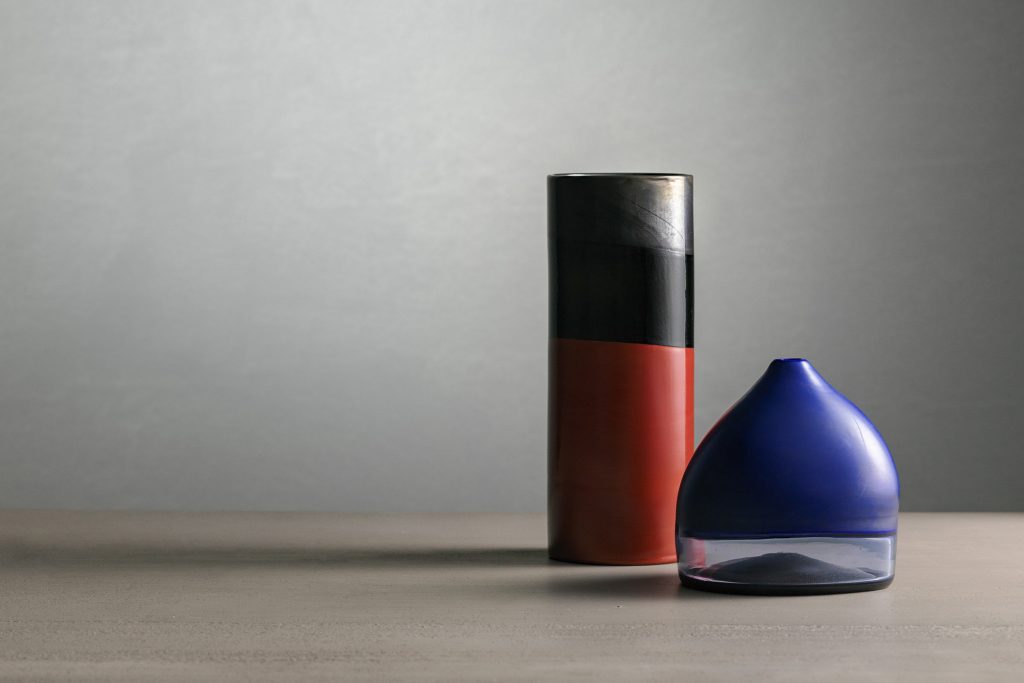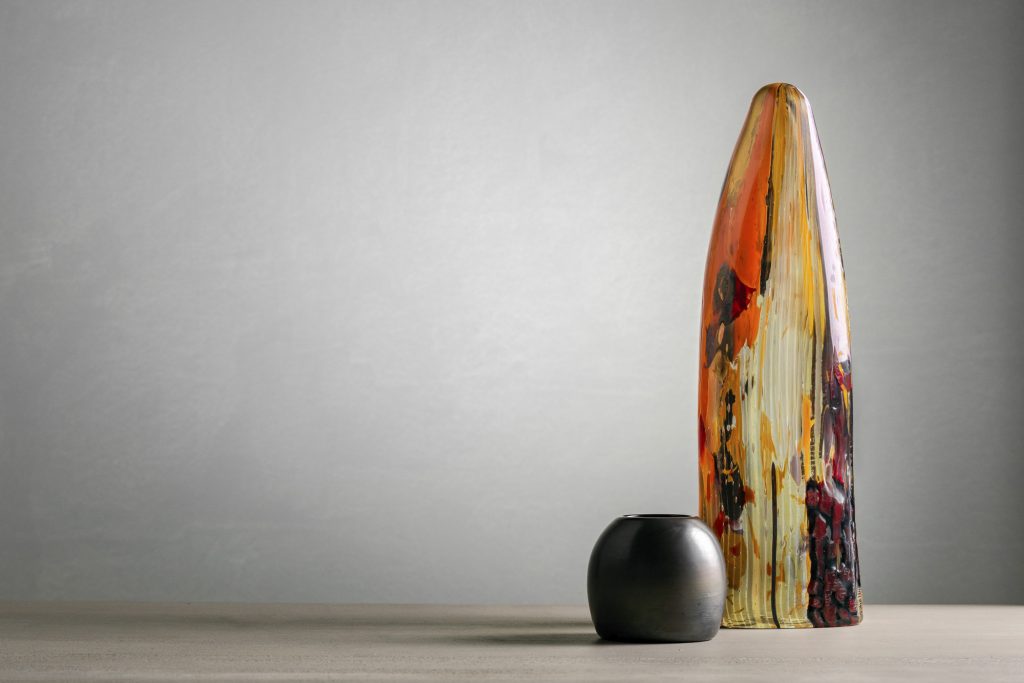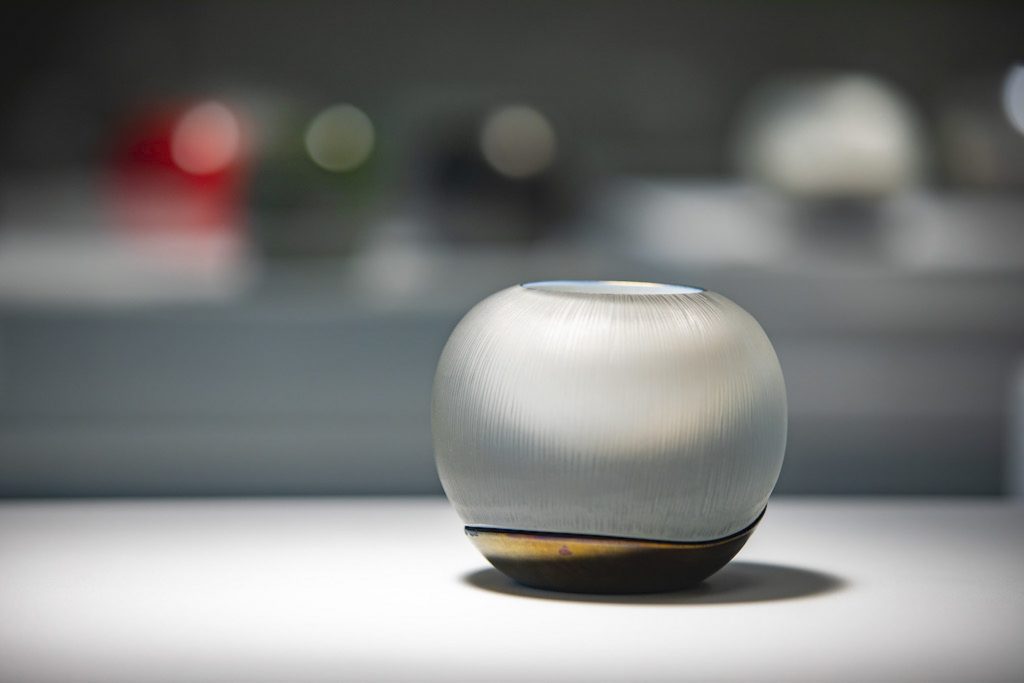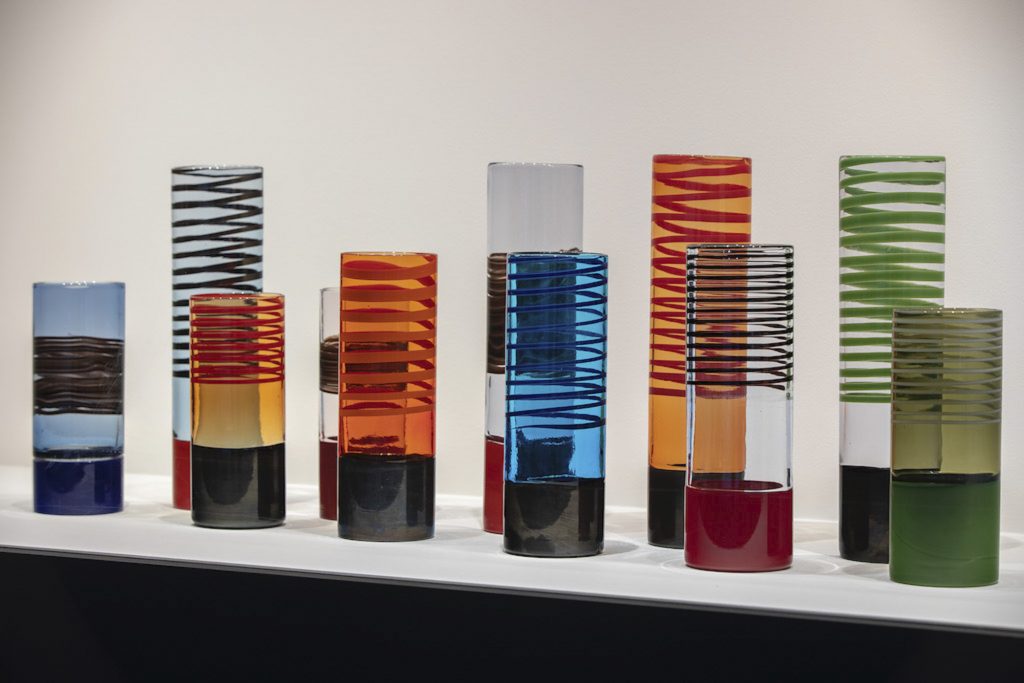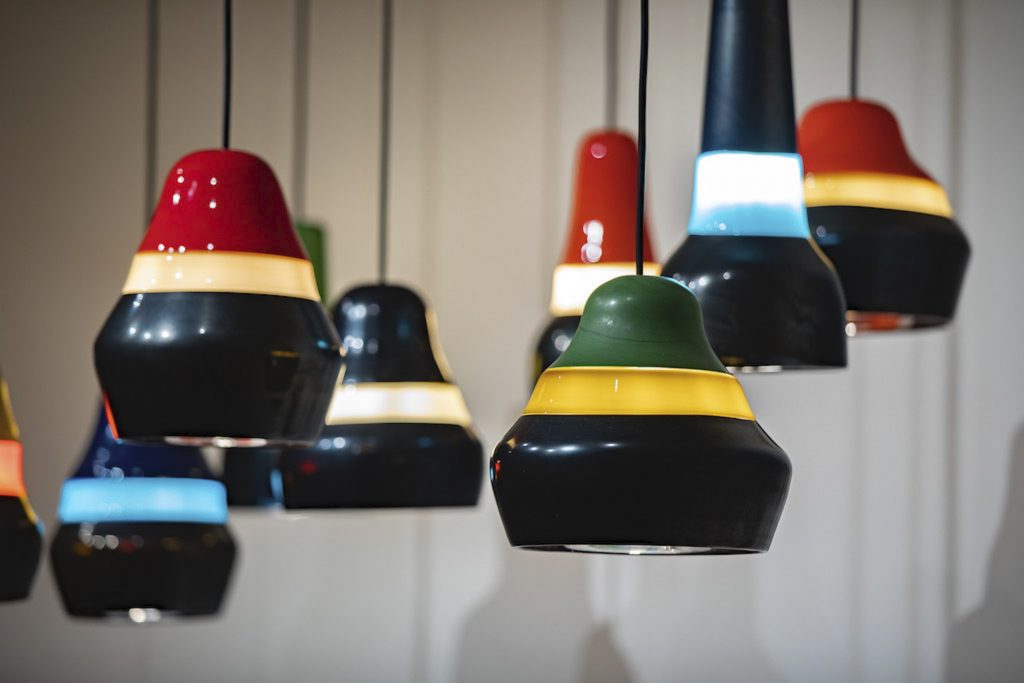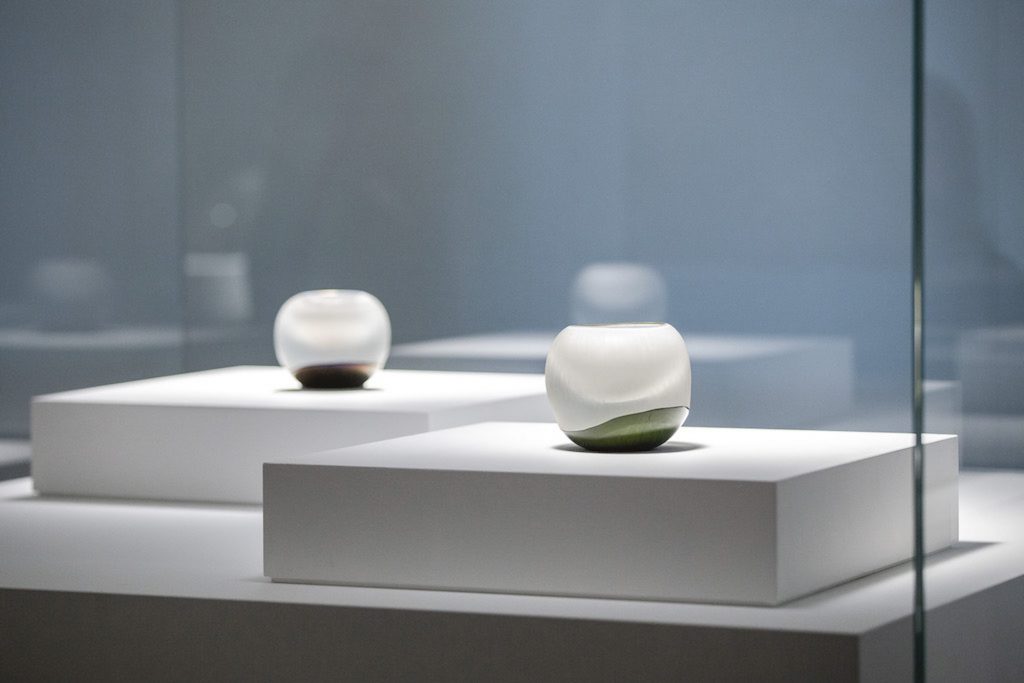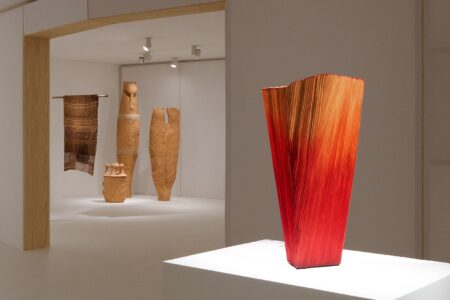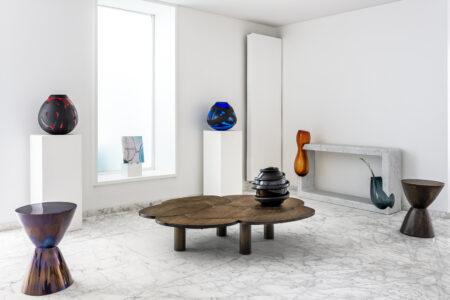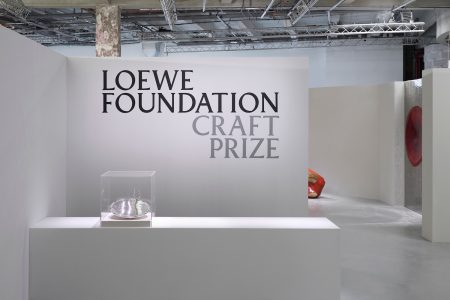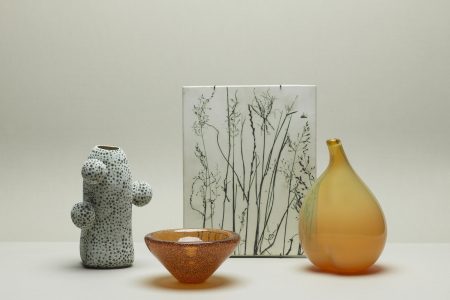
The Many Lives of Venetian Glass
Costanza Rinaldi speaks with David Landau about changing perspectives on Venetian glass by creating spaces for collaboration, research, and experimentation.
“I think it’s crucial to show the people what beauty is and to educate them about quality beauty as well. Glass, for me, is the perfect tool to do so”. While David Landau is speaking, one can perceive his intrinsic love for glass. Moved by this passion, almost 10 years ago, together with his wife and the support of Cini’s family, Mr. Landau launched what is considered today a landmark in the artistic international scenario.
We are in Venice, on the San Giorgio Maggiore island, most likely one of the most photographed sites of the city and home to the Giorgio Cini Foundation, an internationally renowned cultural institution that is distinguished by being, at the same time, a study centre and a place for contemporary issues. In the same building of the Foundation, an old Convitto (a former boarding school), is where Le Stanze del Vetro (Glass Rooms) are settled and from where they are changing the vision of the glass art thanks to the eclectic and attentive mind of Landau and his team. As an artistic project born from the collaboration between the Giorgio Cini Foundation and Pentagram Stiftung, Le Stanze del Vetro has indeed the specific objective of bringing glass art back to the heart of the international art scene’s debate, revealing the innumerable potentialities of this material. Designed by Annabelle Selldorf Architects, this blank and elegant venue hosts not only exhibitions but also conferences, workshops and other events dedicated to modern and contemporary forms of glass art. “I think we need to enlarge the world’s knowledge. If we didn’t have visual arts, culture in general, we’d be nothing” says Landau while we are speaking on the phone. This powerful cultural mission is also clear in the Centre for the Study of Venetian Glass that he recently opened.
“I am a historian – he continues – so for me to better understand beauty, knowing the history is essential”. The Centre is dedicated to research, study and experimentation on glass, and it serves to provide scholarships for scholars and artists interested in history, technology and developments of glass art, and to promote the gradual establishment of an archive of Venetian glass as well as the creation of a specialised library. Thanks to this project, glass, which has recently reappeared at the Venice Biennale after a long absence dating back to 1972, (re)acquires its own exclusive space in Venice and in a more international scenery. When asked if he was expecting this kind of success, Landau is sincere in saying that he was hoping to reach this audience but he’s still happily surprised by their success. Nowadays, the Centre is working with Universities and open to collaborations, research jobs and competitions; As Landau says, “finally we have more and more students writing thesis on glass art rather than on Tiziano!”
Every year, in addition to this, until 2021, two exhibitions are held to raise the public interest. One is dedicated to the use of glass in the art and design fields with a focus on the twentieth and twenty-first century, while the second is reserved for best names who have designed for the glassworks factory Venini in the twentieth century. Currently and until the 5th of January, the solo exhibition “Thomas Stearns at Venini” curated by Marino Barovier is a must-see show as it’s the perfect way to better explore and understand the relationship between the American artist and the factory in the early 1960s. In particular, Il cappello del Doge and Facciate di Venezia are very well-known and are probably two of the most remarkable glass artworks ever produced. “Glass is so easy to turn in anything you want, I think its versatility is its strength and is where all its potentiality stays”. That is, said with Landau’s words, what makes glass the most timeless and possibly more interesting material to work with.
